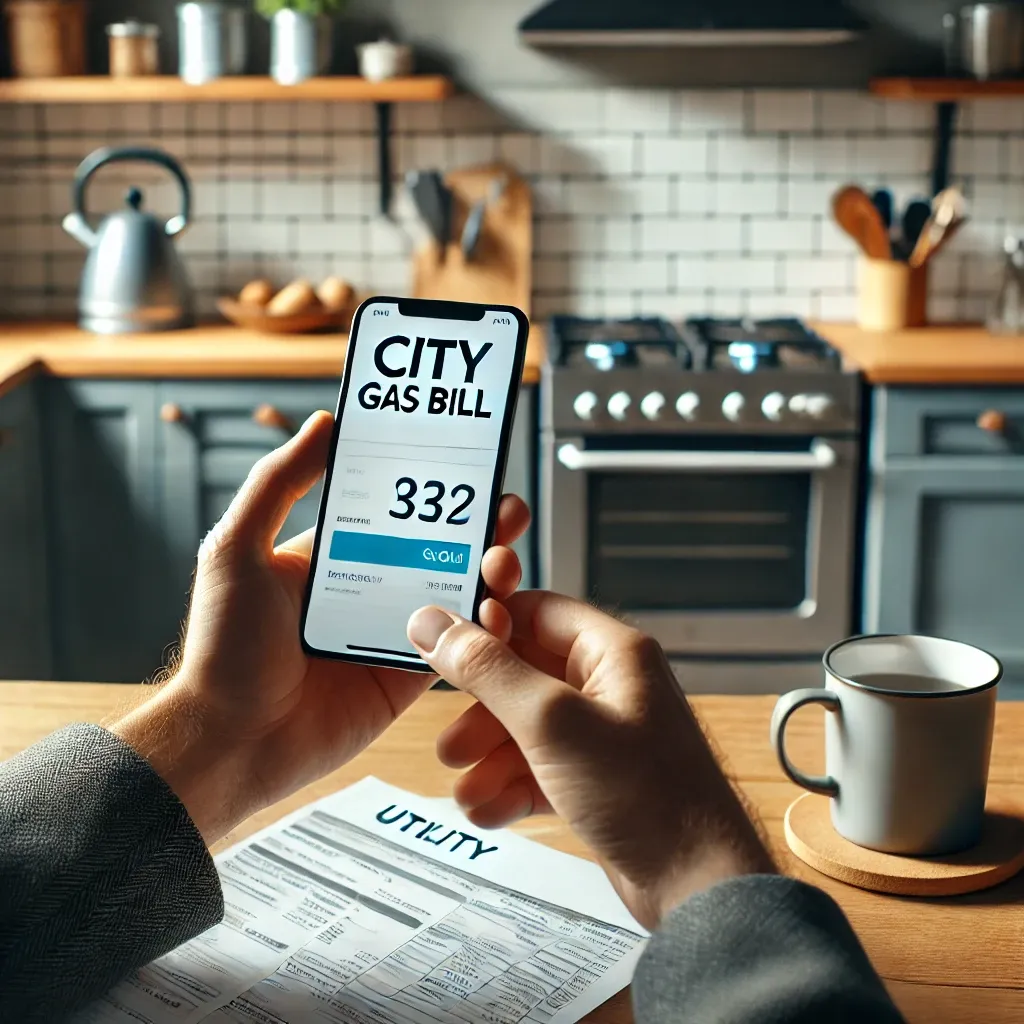Are you worried about your rising city gas bill? Wondering how to track your monthly usage and save money efficiently? This post dives into everything you need to know about city gas fee reduction, studio apartment gas fare trends, and how to easily check your gas bill in real-time. Don’t miss out—these tips could lower your next payment significantly!
City gas fee reduction
City gas bills can quickly climb, especially during colder seasons—but the good news is, there are several effective ways to reduce city gas fees without compromising comfort.
Let’s start with some actionable strategies:
-
Lower your thermostat slightly—even by just 1-2°C.
-
Install a programmable thermostat to reduce heating when you’re not home.
-
Seal windows and doors to prevent heat loss.
-
Use gas-efficient appliances that meet energy-saving certifications.
-
Check your boiler’s efficiency and clean it annually.
-
Shower with moderate temperatures and shorter durations.
-
Switch to induction cooking for some meals if available.
-
Review your billing plan—some providers offer discounts for consistent payments or low usage.
-
Use gas only during off-peak hours, if your provider has time-of-use pricing.
-
Join a community energy-saving initiative if your city offers one.
When I lived in an older apartment in the winter, I managed to slash my city gas bill by almost 35% just by sealing drafty windows and switching to a smart thermostat. These small changes made a big difference—and I stayed warm all season long.
There’s also a growing trend where local governments provide seasonal subsidies or rate discounts to low-income households. It’s worth checking with your city’s energy department to see if you’re eligible.
In some cities, especially colder regions like Seoul or Chicago, dynamic pricing models are being introduced. These models calculate fees based on daily gas consumption trends. That’s why keeping usage low during peak demand days can be a real cost saver.
And don’t forget—regular maintenance is everything. I once had a boiler running at half its efficiency just because of clogged filters!
To explore current rebate programs and tips in your area, click the link below.
👉City Gas Fee Reduction Programs👈
Studio City Gas Fare
Living in a studio apartment doesn’t automatically mean your gas bill will be small. In fact, some studio tenants are shocked when they get their first winter bill—so let’s break down what influences gas fare in studios and how to keep it manageable.
Here are some key factors:
-
Boiler age and condition—older systems waste energy.
-
Shared heating infrastructure—some buildings spread gas costs among units.
-
Floor location—higher floors often retain more heat.
-
Window size and insulation—big windows lose more heat if not sealed.
-
Shower and cooking habits—frequent hot water use = higher bills.
-
Personal heating appliances like gas-powered floor heating.
-
Building’s energy efficiency rating.
-
Urban gas provider’s base rate and monthly minimum charges.
When I first moved into my studio, I assumed my heating costs would be low. But my building had poor insulation, and the old boiler meant high consumption even for minimal usage. After I requested a boiler check and added simple window seal strips, my bills dropped by over 20%.
Studio apartments in newer buildings often benefit from centralized and automated gas systems, which prevent individual overuse and balance out fluctuations in rate per square meter. In contrast, older buildings sometimes still operate on an outdated per-unit cost model, regardless of actual usage.
To make things fairer, some cities are transitioning to real-time consumption-based billing. This is especially helpful for tenants who are energy-conscious and want to pay only for what they use.
One great tip is to compare your studio’s rate to the neighborhood average using your gas company’s online tools or your local government’s urban utility portal.
Want to see how your current studio gas rate stacks up with similar-sized homes in your area? Click below to check.
How to check the city gas fee
Understanding how to check your city gas fee correctly is crucial for managing your expenses, budgeting wisely, and spotting billing errors before they become a problem.
There are several reliable methods you can use:
-
Gas provider’s mobile app—most now offer real-time usage and payment history.
-
Printed monthly statements—delivered by mail or posted at building entrances.
-
Smart meters—offer daily updates if your building is equipped.
-
Online billing portals—log in with your customer number.
-
SMS or email alerts from your utility provider.
-
Check your bank auto-payment records.
-
Call customer service for a usage breakdown.
-
Use public kiosk machines at city offices or major supermarkets (available in some areas).
Personally, I use the mobile app provided by my gas company. It shows a detailed graph of daily and weekly usage. One time, I noticed a sudden spike and found out there was a slow leak in a bathroom pipe. Because I caught it early, it saved me from a much higher bill—and a repair disaster.
Another time, a friend realized he was still being charged under a previous tenant’s name, which led to an incorrect billing cycle. Verifying the meter number listed on your bill with the actual meter in your unit is something everyone should do when they move in.
Some cities also offer AI-powered chatbots on their energy websites that allow you to type in your customer ID and get instant usage summaries.
Don’t wait until you get hit with a surprise charge. Make it a habit to check your usage weekly—especially during high-consumption seasons like winter.
Want to see your current usage or billing status? Click below to access your local gas portal.
Conclusion
City gas management doesn’t have to be a mystery. From reducing fees with simple home upgrades, to understanding how your studio’s gas rate is calculated, and staying on top of usage through smart monitoring tools—these strategies can put real money back in your pocket.
As Benjamin Franklin once said, “A penny saved is a penny earned.” And when it comes to city gas, a few saved pennies every day can quickly turn into serious monthly savings.
Remember: Knowledge is power—and in this case, it’s also cheaper gas.






